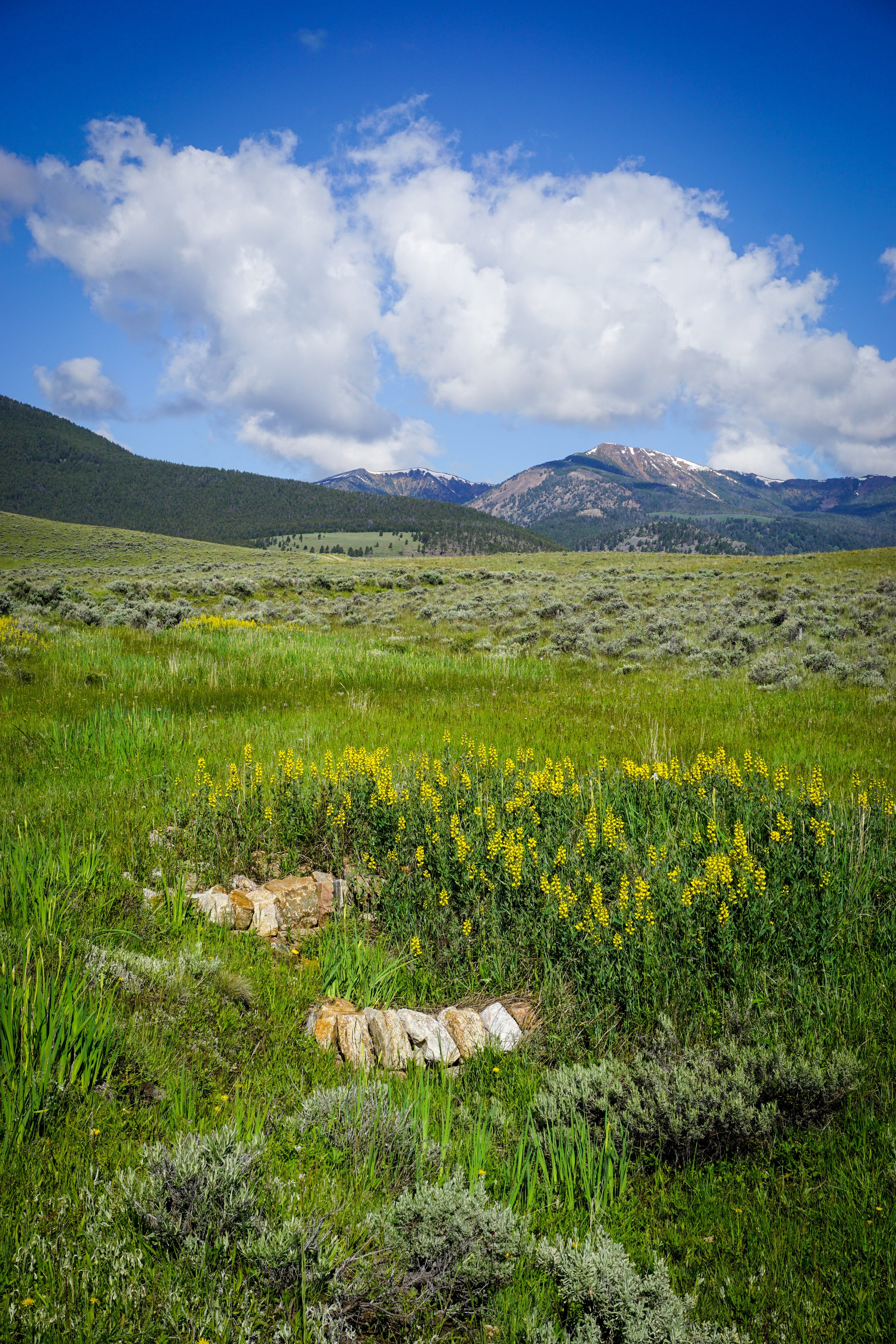Zeedyks Research
Peer-reviewed research on Zeedyks, their construction, and the context for mesic restoration.
The Need for Mesic Restoration
Donnelly, J. P., Allred, B. W., Perret, D., Silverman, N. L., Tack, J. D., Dreitz, V. J., Maestas, J. D., & Naugle, D. E. (2018). Seasonal drought in North America’s sagebrush biome structures dynamic mesic resources for sage-grouse. Ecology and Evolution, 8(24), pp. 12492-12505. Access here: https://doi.org/10.1002/ece3.4614
Donnelly, J. P., Naugle, D. E., Hagen, C. A., & Maestas, J. D. (2016). Public lands and private waters: scarce mesic resources structure land tenure and sage-grouse distributions. Ecosphere, 7(1), e10208. Access here: https://doi.org/10.1002/ecs2.1208
Zeedyk Practices
Note: Some publications include structures beyond our organizational focus (one rock dams, media lunas, rock rundowns, and Zuni bowls). Please use caution when interpreting results. For help with accessing publications, reach out to our Science to Implementation Specialist here.
Matherne, A. M., Tillery, A. C., & Douglas-Mankin, K. R. (2018). Effects of Hillslope Gully Stabilization on Erosion and Sediment Production in the Torreon Wash Watershed, New Mexico, 2009–12. US Geological Survey Scientific Investigations Report 2018–5026. Access here.
Norman, L. M. (2020). Ecosystem services of riparian restoration: A review of rock detention structures in the Madrean Archipelago ecoregion. Air, Soil and Water Research, 2020(13). Access here: https://doi.org/10.1177/1178622120946337
Norman, L. M., Lal, R., Wohl, E., Fairfax, E., Gellis, A. C., & Pollack, M. M. (2022). Natural infrastructure in dryland streams (NIDS) can establish regenerative wetland sinks that reverse desertification and strengthen climate resilience. Science of the Total Environment, 849, p. 157738. Access here: https://doi.org/10.1016/j.scitotenv.2022.157738
Norman, L. M., Sankey, J. B., Dean. D., Caster, J., DeLong, S., DeLong, W., & Pelletier, J. D. (2017). Quantifying geomorphic change at ephemeral stream restoration sites using a coupled-model approach. Geomorphology, 283, pp. 1-16. Access here: https://doi.org/10.1016/j.geomorph.2017.01.017
Rondeau, R. J. Austin, G., Miller, R. S., Parker, S., Breibart, A., Conner, S., Neely, E., Seward, N. W., Vasquez, M. G., & Zeedyk, W. D. (2023). Restoration of wet meadows to enhance Gunnison sage-grouse habitat and drought resilience in arid rangelands. Restoration Ecology, 32(2), e14039. Access here: https://doi.org/10.1111/rec.14039
Silverman, N. L, Allred, B. W., Donnelly, J. P., Chapman, T. B., Maestas, J. D., Wheaton, J. M., White, J., & Naugle, D. E. (2018). Low-tech riparian and wet meadow restoration increases vegetation productivity and resilience across semiarid rangelands. Restoration Ecology, 27(2), pp. 269-278. Access here: https://doi.org/10.1111/rec.12869
Sutton, T. A. (2022). Initial effects of low-tech restoration of wet meadows in sagebrush steppe [Master’s thesis, Montana State University]. Access here.
Wilson, N. R., & Norman, L. M. (2018). Analysis of vegetation recovery surrounding a restored wetland using the normalized difference infrared index (NDII) and normalized difference vegetation index (NDVI). International Journal of Remote Sensing, 39(10), pp. 3243-3274. Access here: https://doi.org/10.1080/01431161.2018.1437297
Wilson, N. R., & Norman, L. M. (2023). Five year analyses of vegetation response to restoration using rock detention structures in southeastern Arizona, United States. Environmental Management, 71, pp. 921-939. Access here: https://doi.org/10.1007/s00267-022-01762-0
Zeedyk, B. & Clothier, V. (2009). Let the Water Do the Work: Induced Meandering, an Evolving Method for Restoring Incised Channels [Book]. Quivira Coalition, Santa Fe, New Mexico. Available here.
